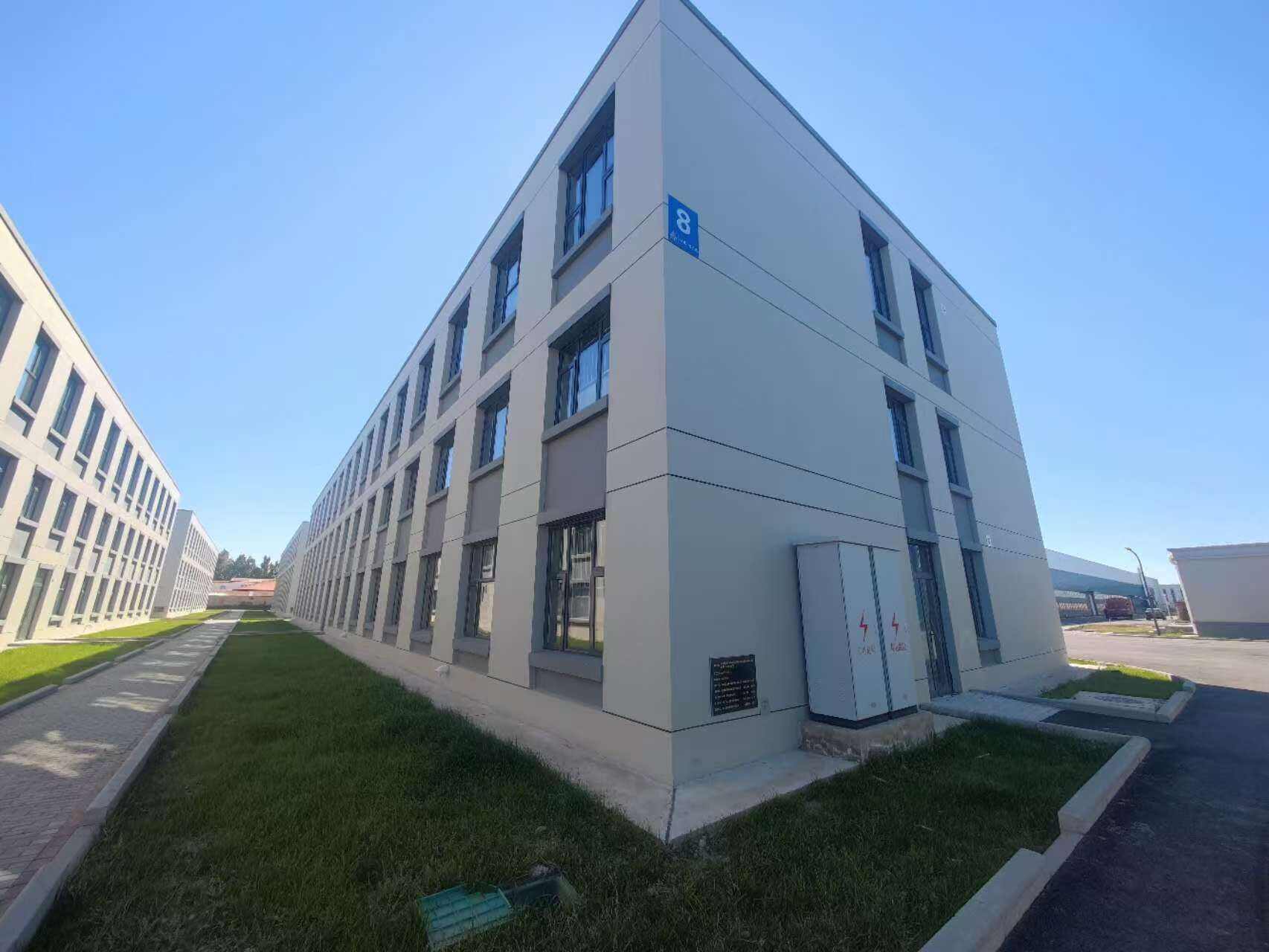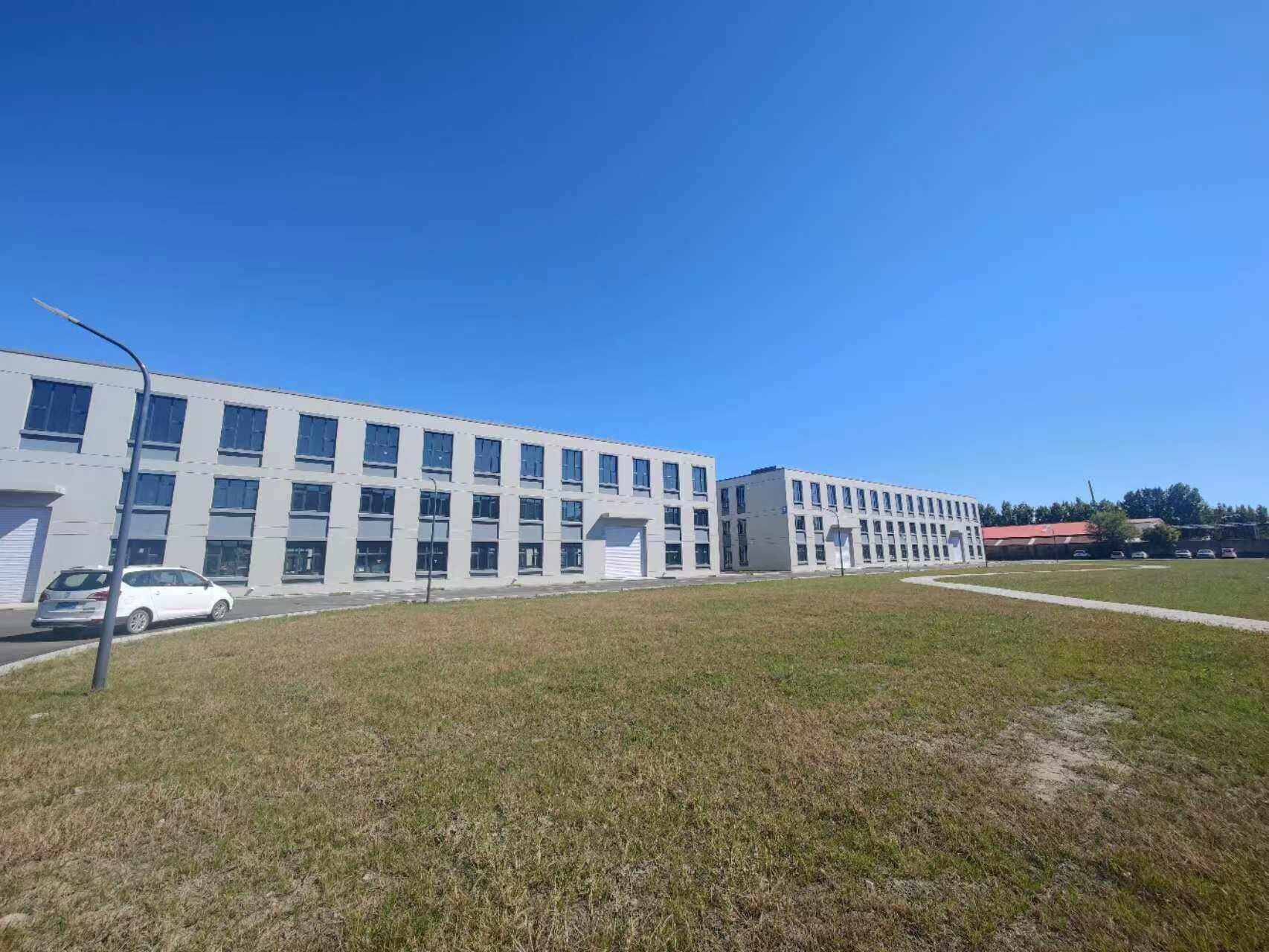ChatGPT 说:
Why Steel Structure Office Buildings Are the Future of Sustainable Design
The global construction industry is undergoing a major transformation. With rising concerns about climate change, energy efficiency, and the environmental footprint of buildings, architects and developers are searching for solutions that align with sustainable design principles. One of the most promising approaches is the use of steel structure office buildings. These buildings are redefining the future of workplace construction by offering durability, efficiency, and flexibility while addressing the environmental challenges faced by modern cities.
Steel structure office buildings are no longer seen simply as industrial or utilitarian. Instead, they are being embraced as symbols of innovation, sustainability, and future-ready design. This article explores the reasons why these buildings are becoming central to sustainable architecture and why they represent the future of office construction worldwide.
Understanding Steel Structure Office Buildings
Steel structure office buildings are constructed with a primary framework made from steel beams, columns, and girders. Unlike traditional office buildings made largely from reinforced concrete, steel structures rely on prefabricated steel components that are assembled on-site. This creates a lightweight but strong framework capable of supporting large spans and tall structures.
Steel structure office buildings often feature open floor plans, minimal internal columns, and flexible layouts. They can accommodate modern office needs such as open workspaces, collaborative areas, and integrated green technologies. The combination of strength, speed of construction, and adaptability makes steel structures highly appealing to developers and tenants alike.
Sustainability in Modern Construction
Before exploring the unique benefits of steel structure office buildings, it is important to understand why sustainability has become so critical in construction. Buildings are responsible for a significant percentage of global carbon emissions, both in terms of energy consumed during their operation and the embodied carbon of materials used in their construction.
Sustainable design aims to minimize these impacts through energy efficiency, renewable energy integration, material optimization, and long-term durability. Steel structure office buildings address many of these challenges by reducing waste, improving energy performance, and supporting circular economy principles.
Advantages of Steel Structure Office Buildings for Sustainable Design
Reduced Construction Time and Waste
One of the main benefits of steel structure office buildings is the speed of construction. Steel components are manufactured off-site with high precision and then assembled on location. This process reduces construction waste significantly compared to traditional methods where concrete and other materials are mixed and poured on-site.
Less waste means lower environmental impact. Furthermore, faster construction timelines reduce energy use and disruption during the building process, making the overall project more sustainable.
Recyclability of Steel
Steel is one of the most recyclable materials in the world. Unlike other building materials that degrade after use, steel can be recycled indefinitely without losing its properties. This makes steel structure office buildings highly compatible with circular economy goals.
At the end of a building’s life, steel components can be dismantled and reused in new projects, reducing the demand for virgin raw materials. This recyclability drastically reduces the embodied carbon footprint of steel structures compared to traditional reinforced concrete.

Energy Efficiency in Operation
Steel structure office buildings can be designed to incorporate advanced insulation, energy-efficient glazing, and integrated building systems that minimize operational energy use. Their structural flexibility allows for the easy installation of solar panels, green roofs, and modern HVAC systems.
By creating open spans and large floor-to-ceiling windows, steel structures also maximize natural daylighting, which reduces the need for artificial lighting and improves indoor environmental quality. Energy efficiency in operation is one of the most important aspects of sustainable design, and steel structures provide an excellent foundation for it.
Strength and Durability
Sustainability is not just about materials but also about lifespan. Steel structure office buildings are incredibly durable, with the ability to resist extreme weather conditions, seismic activity, and heavy loads. This durability ensures that buildings last longer, reducing the need for frequent demolitions and reconstructions, which are highly resource-intensive.
The longevity of steel structures means that resources invested in construction provide long-term returns, making them an environmentally sound choice.
Flexibility and Adaptability
One of the challenges in office building design is adapting to changing tenant needs. Steel structure office buildings are highly flexible, with open floor layouts that can be reconfigured over time.
This adaptability supports sustainable design because it reduces the need for extensive renovations or demolitions as office requirements evolve. Instead of tearing down a building to create new workspaces, developers can simply reconfigure the interiors, saving materials and energy.
Integration with Green Building Standards
Steel structure office buildings are well-suited for achieving certifications such as LEED, BREEAM, and other green building standards. Their recyclability, efficiency, and durability align with the criteria set by these systems. Developers aiming to attract environmentally conscious tenants increasingly turn to steel structures to ensure their buildings meet global sustainability benchmarks.
Case Studies of Sustainable Steel Structure Office Buildings
Across the world, steel structure office buildings are being recognized as models of sustainable construction.
In Europe, several high-rise office towers have achieved top sustainability certifications thanks to their steel frameworks combined with energy-efficient façades and renewable energy integration.
In Asia, prefabricated steel structures are being used in rapidly growing cities to reduce construction waste and meet sustainability targets.
In North America, steel-framed office campuses have become showcases for sustainable workplace design, offering flexible interiors, natural lighting, and long-lasting durability. These examples demonstrate how steel structures are not just theoretical solutions but practical applications of sustainable design.
Overcoming Misconceptions About Steel Structures
Despite their benefits, steel structure office buildings have sometimes faced misconceptions. One concern is that steel production is energy-intensive and associated with high carbon emissions. While this is true, it is important to recognize that the recyclability of steel offsets much of this impact. When steel is reused, the need for new production decreases, reducing overall emissions.
Another misconception is that steel structures lack aesthetic appeal. In reality, modern design approaches allow steel-framed buildings to be both functional and visually stunning. Architectural innovations such as exposed steel frameworks, curtain wall façades, and green wall integrations show that steel structures can achieve both sustainability and beauty.
The Economic Benefits of Steel Structure Office Buildings
Sustainable design is not only about the environment but also about economic performance. Steel structure office buildings deliver significant cost savings over their lifecycle. Faster construction reduces labor costs, while energy efficiency lowers operational expenses. Longer lifespan and adaptability also minimize long-term renovation costs.
Additionally, tenants are increasingly drawn to sustainable workplaces that align with corporate environmental responsibility goals. Steel structure office buildings therefore provide developers with a competitive advantage in the real estate market.
Steel Structures and Urban Resilience
In an era where cities face increasing risks from climate change, urban resilience has become a critical priority. Steel structure office buildings contribute to resilience by withstanding natural disasters such as earthquakes, hurricanes, and floods better than many traditional structures.
Their adaptability also supports urban planning goals. As cities evolve, these buildings can be repurposed for new uses without requiring demolition. This capacity for change ensures that steel structures remain relevant for decades, supporting sustainable growth.
The Future of Sustainable Office Design
The shift toward sustainable construction is irreversible, and steel structure office buildings are at the forefront of this movement. Advances in steel manufacturing, such as low-carbon steel production using renewable energy, will further enhance the sustainability of these buildings.
Smart technologies are also being integrated into steel structure office buildings. From IoT-enabled energy monitoring to AI-driven building management systems, these innovations improve operational efficiency while reducing environmental impact.
Future office buildings will not only house workers but also serve as models of green architecture. Steel structures, with their strength, flexibility, and recyclability, are perfectly positioned to meet these demands.
Conclusion
Steel structure office buildings represent the future of sustainable design. They combine durability, recyclability, energy efficiency, and flexibility in ways that traditional construction methods cannot match. By reducing waste, enabling adaptability, and integrating seamlessly with modern green technologies, they address the pressing environmental and economic challenges of our time.
As cities expand and sustainability becomes an ever more urgent priority, steel structure office buildings will continue to rise as the preferred choice for developers, tenants, and policymakers alike. They are more than just office spaces—they are long-term investments in a greener, safer, and more sustainable future.
FAQ
Why are steel structure office buildings considered sustainable?
They are sustainable because steel is recyclable, construction waste is minimized, and the structures are energy-efficient and long-lasting.
Do steel structure office buildings cost more than traditional buildings?
While initial costs may be comparable or slightly higher, long-term savings in energy, maintenance, and adaptability make them more cost-effective.
Can steel structure office buildings achieve green building certifications?
Yes, their characteristics align with the requirements of certifications like LEED and BREEAM, making them excellent candidates.
How do steel structure office buildings support urban resilience?
They are durable against extreme weather and seismic events, and their adaptability allows for repurposing as urban needs change.
Will steel structures remain relevant as construction technology advances?
Yes, advances in low-carbon steel production and smart building integration will make steel structures even more sustainable in the future.
Table of Contents
- Why Steel Structure Office Buildings Are the Future of Sustainable Design
- Understanding Steel Structure Office Buildings
- Sustainability in Modern Construction
- Advantages of Steel Structure Office Buildings for Sustainable Design
- Case Studies of Sustainable Steel Structure Office Buildings
- Overcoming Misconceptions About Steel Structures
- The Economic Benefits of Steel Structure Office Buildings
- Steel Structures and Urban Resilience
- The Future of Sustainable Office Design
- Conclusion
-
FAQ
- Why are steel structure office buildings considered sustainable?
- Do steel structure office buildings cost more than traditional buildings?
- Can steel structure office buildings achieve green building certifications?
- How do steel structure office buildings support urban resilience?
- Will steel structures remain relevant as construction technology advances?






